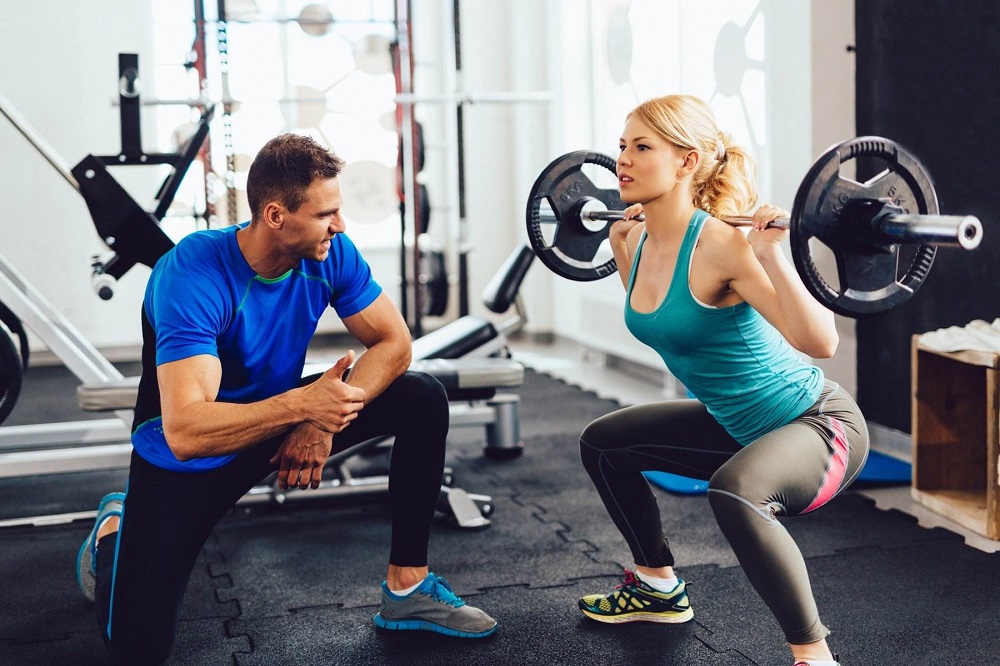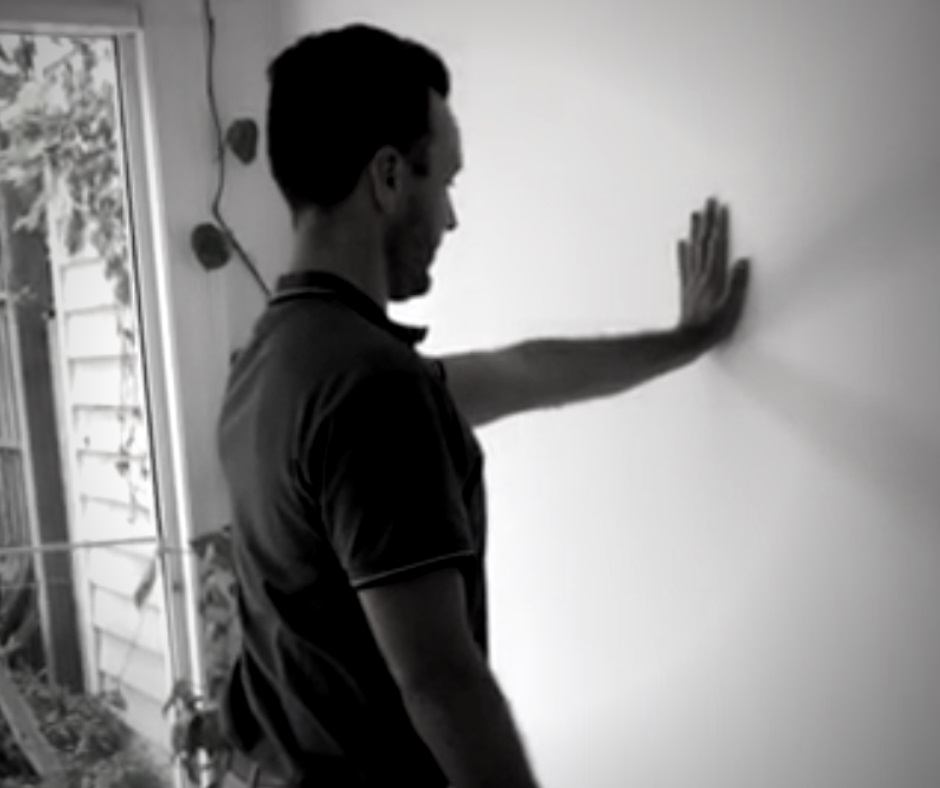Train smarter with Physiotherapist Rach
It’s this time of year that we all start hitting the gym in a quest to get our last-minute summer body. Williamstown Physiotherapist Rach explains why 3 sets of 10 aren’t working and explore smarter ways to train.
It’s often seen as a bit of a dreaded question after your local Williamstown Physiotherapist gives you an exercise and you ask how many times you have to do it.
For whatever reason or research, the standard assumption thus far has seemed to be “oh, just 3 sets of 10”.
For those of you who have attended an appointment in our Williamstown osteo, physio and massage clinic with me, you may have had the pleasure of my small (but perfectly reasonable) rant about the dreaded “3 sets of 10”.
For those who haven’t, or may have stopped listening at that point, humour me for a second as I explain why “3 sets of 10” just isn’t good enough, why it should not be given as a standard prescription and why it just doesn’t work.
Exercise prescription – or how many times you need to do an exercise – is a hotly debated topic amongst physiotherapists, exercise physiologists, strength and conditioning coaches and alike. Inherently, it bubbles down to the same question – what are you trying to achieve?
If your main goal is to increase your strength, whether that be generally-speaking at a gym or specifically targeted rehab, then you have to understand how your body is going to react to the specific stimulus that you place upon it.
Firstly, the method of strengthening does not solely rely on picking up the heaviest weight in the room and chucking it around in a vaguely controlled fashion. I am more likely to see you back in my physiotherapist consultation room with any number of injuries if this is your way of working.
Secondly, you strengthen a movement, or a group of muscles, not one individually localised muscle. Take note, you cannot individually strengthen one muscle such as the elusive VMO, when several muscles perform the same movement (in this case, three other quadriceps muscles work to straighten your knee). It’s like asking only one of the members of a barbershop quartet to carry the whole song. Sounds awful.
Thirdly, your body responds to new and novel stimuli. Once a new and novel stimulus is detected, your body assesses it’s capacity to tolerate it and, if deemed insufficient, it will change and adjust in order to protect its internal equilibrium. This process occurs everywhere in the human body on many levels – not just in your muscles – and is referred to as ‘homeostasis’. By definition; homeostasis is maintaining a steady state of internal, physical and chemical conditions designed for optimal function.
The key words above are “new” and “novel”. If you do the same exercise that you’ve always done, the same number of times, with the same weight, then expect the same results. If you increase that weight, or the number of repetitions, or – god forbid – change the exercise itself, then expect a different response. Example; those bodyweight calf raises you were given several months ago when you injured your calf, probably aren’t going to be doing much for you now. They aren’t new and novel anymore, and so the body has stopped responding. Have you tried a single leg version? Or standing off the edge of a step? Or adding weight in your hand? Or holding the calf raise for 10 seconds at the top of the movement? Or adding a little jump? I could go on, but this blog will never end. I hope I’ve made my point.
In summary, if you take all of that into account; why do we assume, when we are all as different, as diverse, and as unique as we are, that we are all going to respond in the same way to a standardised prescription such as 3 sets of 10?
Let me put this another way. When you go to your doctor and he prescribes you medication, do you think he is giving exactly the same medication to everyone, at exactly the same dose, regardless of their presenting condition? Let’s hope not.
So I implore you to expect more from your physiotherapist, your exercise physiologist, your strength and conditioning coach. I encourage you to expect individualisation, progressive overload, short-term and long-term goals, and an understanding of how the body tolerates and reacts to the load you are placing upon it. I insist that you ask questions of yourself and of your practitioner; are you working at the right level? What else could you be doing? Are you placing a load on the areas you’re intending to? Is this exercise the right one for you? Do you understand why you’re doing it? Do you know where your progression is? Do you trust that your practitioner knows this too?
View your exercises as important as your medication. It has to be the right type, the right dose, and be doing the right thing for you before you can expect it to start working. And if it isn’t then go back and try something else.
If you would like more information on your own exercises or would like to start working on a current or preexisting issue, please get in touch with our physiotherapist Rachel at Williamstown Health + Lifestyle.
We are also excited to announce that our in house group exercise sessions will be commencing in Feb 2021.





